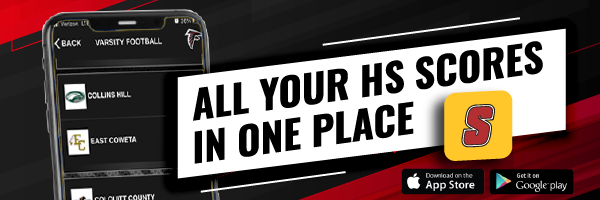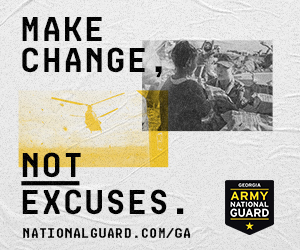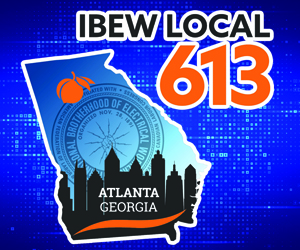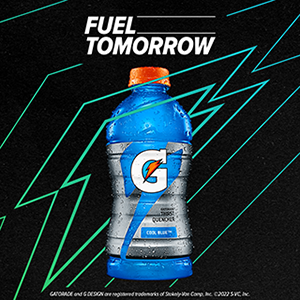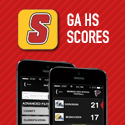Something very special happens each year in March, and I’m not just talking about St. Patrick’s Day. In college basketball, 68 teams play for the national championship in what has become known as “The Big Dance”, or the NCAA Tournament Many teams are just happy to be there while many others won’t be happy unless they are the last team standing.
Meanwhile, millions of Americans will fill out a bracket with their predictions on how the tournament will go. While it is nearly impossible to pick a bracket perfectly, many entrants to office pools across the country will happily win theirs over Final Four takes weekend.
I am no expert, but I have been filling out brackets for more than 20 years. When I first filled one out in 1989, not many folks in this country knew what an NCAA Tournament pool was. But the popularity of the tournament ─ and, therefore, office pools ─ has increased greatly and now “the Big Dance” is a household term.
Without further ado, here is my advice on picking brackets. If you follow these words of wisdom, you just may win bragging rights – and maybe a little cash – amongst your co-workers and friends come the first weekend of April.
WORK BACKWARDS …
Upon looking at a blank bracket, the first inclination is to want to fill it out starting with the first-round games and progressing gradually towards the middle of the page. Although this is the manner in which teams fight their way to the national championship, it is not the way I would advise picking your bracket.
I would suggest starting with the national champion, the other finalist and the Final Four before picking anything else. Start with your “core four” and work off of that. And besides, most pools award a large share of points to the last few teams standing. If you can pick three or more of the semifinalists, most esepcially the national champion, you have a pretty good shot at winning the pool.
This is where you want to focus the majority of your research. Don’t worry as much about which 12 or 13 seed with pull the first-round upset as much as the four teams you think will make the final weekend. As the teams continue to win games, they collect more and more points. So be sure your Final Four is rock-solid and includes only teams with a legitimate shot at getting there.
However, one piece of advice is to not pick all No. 1 sees to advance to the final weekend. It rarely happens. It is also a rare occurrence when three No. 1 seeds make it. Remember that many fellow prognosticators will be taking “the chalk” (or the favorites), so the more No. 1 seeds you select in your Final Four, the higher the chance that other pool members have chosen the same teams.
That said, don’t try to pick the next George Mason or Butler. It is extremely rare for non-major conference teams to make the Final Four. The ACC, Big East and Big Ten are typically the best and deepest conferences for a reason. Find out which conferences have the highest power rankings and choose your teams from there.
THE GLASS SLIPPER …
Unlike in the movies, it’s best not to commit to a Cinderella for the long-haul. Everyone loves picking upsets, but don’t fall in love with a team lower than a six-seed. While teams lower than a six have made the Final Four and even won it all before (like eighth-seeded Villanova in 1985), your best shot is to play the percentages to an extent.
Occasionally, a double-digit seed will shock the world and roll to the Elite Eight or Final Four, but it generally doesn’t happen. The Sweet Sixteen is about as far as you should expect a team of that caliber to advance. For whatever reason, they didn’t get a higher seed. And the tournament committee doesn’t do that by accident. Trust the experts in this case and be conservative with your Cinderella’s. Two wins is about as far as we ride the double-digit seeds.
UPSET CITY …
While it is a good idea to be conservative with how far you have the
“little guy” going, you do want to be sure to pick some upsets. Every year I have filled out a bracket, there’s always been at least one guy who thinks he’s smarter than everyone else. This “smart guy” picks the chalk in almost every game (except maybe a 9-seed over an 8-seed) only to end up finishing nowhere near the top of the standings at the end of the day.
As mentioned earlier, picking all No. 1 seeds to the Final Four rarely works out. The same is true for picking the higher-seeded teams to win every game in the early rounds. It just never turns out like that.
However, one upset to never pick is the No. 16 over the No. 1 seed. It has never happened Another to avoid is the No. 15 over the No. 2. While this has happened four times, it is a tough one to call. The No. 3 seed has ousted the No. 14 15 times out of 92 attempts, but, again, it is a tough proposition to pick one. Plus, even if you do pick it, the chances are that the No, 14 will go out in Round 2. So let’s stay away from these low-percentage upset picks. Even if they turn out winners, they will almost assuredly lose the following game.
Some first-round upsets to pick are the No. 12 over the No. 5. This is where I would suggest you begin your upsets. Any team from No. 12 on down to No. 9 has a decent shot at upsetting the higher seed in the first round. In fact, the No. 9 seed actually has a winning record against the No. 8 seed.
In the second round, the No. 1’s rarely lose to the 8/9 winner. So really, the No. 8 versus No. 9 game is not that important in the long run. One that is very important is the No. 5 vs No. 4 seed (sub No. 12 or No. 13 seed in if they win). These teams have shown the propensity over the years to upset the No. 1 seed in the Sweet Sixteen. It’s a legit upset pick.
On the other half of the bracket, the No. 2 seed will occasionally get beat by the No. 7/10 winner in the second round. The No. 6 seed has also been known to beat the No. 3. These are both decent shots.
One thinking to make sure of when doing your bracket is to research teams you think can make a run. Be sure you are basing it on something besides uniform color or the team’s nickname or location. None of that matters in March. A team with talent and size down low and teams with veteran backcourts do matter.
But the best way to approach it is to have fun, but try to make it “smart” fun. If you want to win your pool, don’t be afraid to take chances, but also don’t be reckless.
Good luck, and pray you aren’t in my pool!




